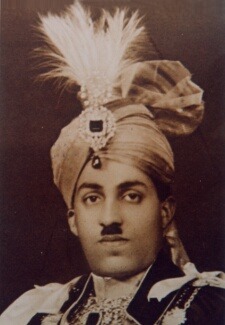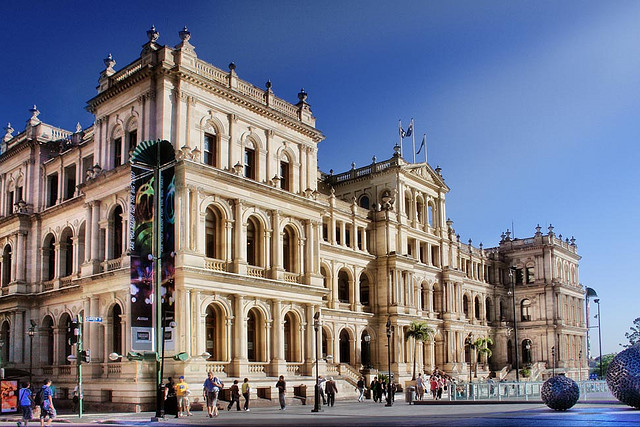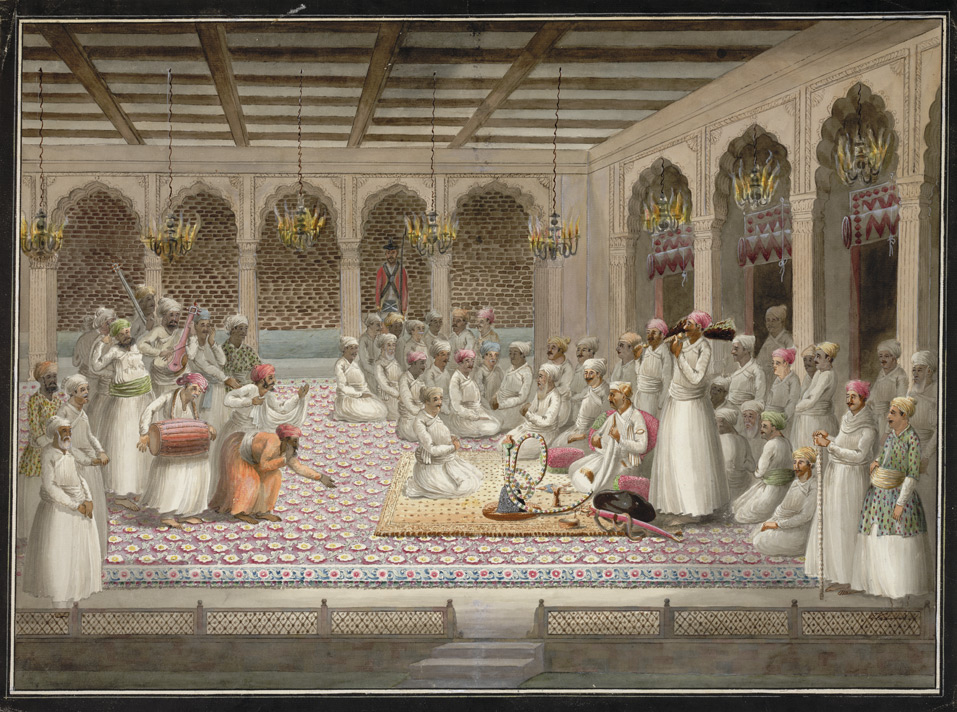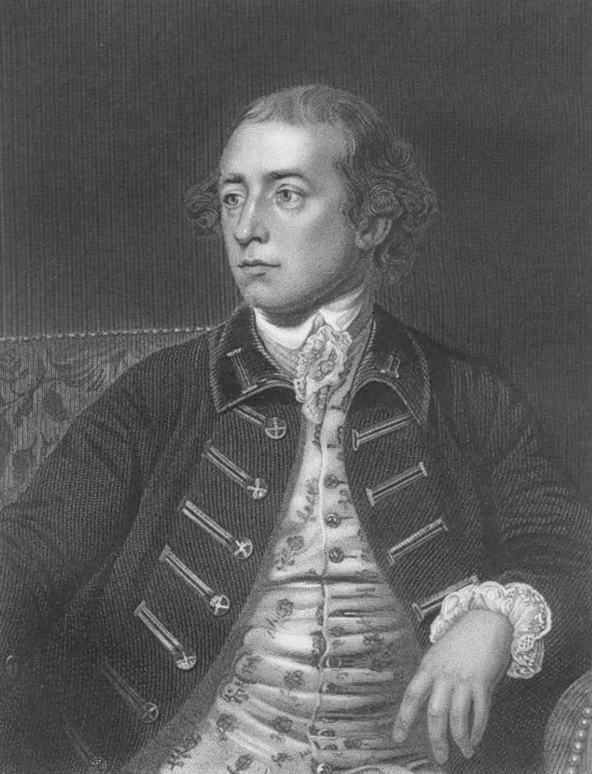|
Sidi Ibrahim Muhammad Yakut Khan III
Major Sidi Ibrahim Muhammad Yakut Khan III (Urdu: ; or Najaf Ali Khan) was the Nawab of Sachin from 1887 until his death in 1930. Biography He was born on 23 December 1886 to Abdul Kadir Khan. In January 1887, his father abdicated as the Nawab of Sachin in his favour, and he succeeded him on 7 February 1887. Due to his minority, the affairs of Sachin were placed under the administration of the British Government. He was brought up in infancy by a European lady Miss Rix. At the age of eleven, he was sent to Rajkumar College in Rajkot, where he remained until 1902, after which he was sent to Mayo College in Ajmer. In 1904, he entered the Imperial Cadet Corps and, after completing his course with a good conduct certificate in 1906, left the institution. Afterward, he became involved in the administration of Sachin to gain a clearer understanding of how the state's affairs were managed. He was invested with full administrative powers on 4 May 1907. On the same day, he was also ... [...More Info...] [...Related Items...] OR: [Wikipedia] [Google] [Baidu] |
Nawab
Nawab is a royal title indicating a ruler, often of a South Asian state, in many ways comparable to the Western title of Prince. The relationship of a Nawab to the Emperor of India has been compared to that of the Kingdom of Saxony, Kings of Saxony to the German Emperor. In earlier times the title was ratified and bestowed by the reigning Mughal emperor to semi-autonomous Muslim rulers of subdivisions or princely states in the Indian subcontinent loyal to the Mughal Empire, for example the Nawabs of Bengal. "Nawab" usually refers to males and literally means ''Viceroy''; the female equivalent is "Begum" or "''Nawab Begum''". The primary duty of a Nawab was to uphold the sovereignty of the Mughal emperor along with the administration of a certain province. The title of "nawabi" was also awarded as a personal distinction by the paramount power, similar to a British peerage, to persons and families who ruled a princely state for various services to the Government of British Raj ... [...More Info...] [...Related Items...] OR: [Wikipedia] [Google] [Baidu] |
Treasury
A treasury is either *A government department related to finance and taxation, a finance ministry; in a business context, corporate treasury. *A place or location where treasure, such as currency or precious items are kept. These can be state or royal property, church treasure or in private ownership. The head of a treasury is typically known as a treasurer. This position may not necessarily have the final control over the actions of the treasury, particularly if they are not an elected representative. The adjective for a treasury is normally treasurial. The adjective "tresorial" can also be used, but this normally means pertaining to a ''treasurer''. History The earliest found artefacts made of silver and gold are from Lake Varna in Bulgaria dated 4250–4000 BC, the earliest of copper are dated 9000–7000 BC. The Greek term ''thêsauros'' (treasury) was first used in Classical times to describe the votive buildings erected to house gifts to the gods, such as ... [...More Info...] [...Related Items...] OR: [Wikipedia] [Google] [Baidu] |
Captain (armed Forces)
The army rank of captain (from the French ) is a commissioned officer rank historically corresponding to the command of a company of soldiers. The rank is also used by some air forces and marine forces, but usually refers to a more senior officer. History The term ultimately goes back to Late Latin meaning "head of omething; in Middle English adopted as in the 14th century, from Old French . The military rank of captain was in use from the 1560s, referring to an officer who commands a company. The naval sense, an officer who commands a man-of-war, is somewhat earlier, from the 1550s, later extended in meaning to "master or commander of any kind of vessel". A captain in the period prior to the professionalization of the armed services of European nations subsequent to the French Revolution, during the early modern period, was a nobleman who purchased the right to head a company from the previous holder of that right. He would in turn receive money from another nobleman t ... [...More Info...] [...Related Items...] OR: [Wikipedia] [Google] [Baidu] |
Lieutenant
A lieutenant ( , ; abbreviated Lt., Lt, LT, Lieut and similar) is a Junior officer, junior commissioned officer rank in the armed forces of many nations, as well as fire services, emergency medical services, Security agency, security services and police forces. The rank in armies and air forces is often subdivided into subcategories of seniority. In Comparative navy officer ranks of Anglophone countries, English-speaking navies, lieutenants are often equivalent to the army rank of Captain (armed forces), captain; in other navies, the lieutenants are usually equal to their army counterparts. ''Lieutenant'' may also appear as part of a title used in various other organisations with a codified command structure. It often designates someone who is "second-in-command", and as such, may precede the name of the rank directly above it. For example, a "lieutenant master" is likely to be second-in-command to the "master" in an organisation using both ranks. Political uses include lieu ... [...More Info...] [...Related Items...] OR: [Wikipedia] [Google] [Baidu] |
His Highness
Highness (abbreviation HH, oral address Your Highness) is a formal style (manner of address), style used to address (in grammatical person, second person) or refer to (in grammatical person, third person) certain members of a reigning or formerly reigning dynasty. It is typically used with a possessive adjective: "His Highness", "Her Highness" (HH), "Their Highnesses", etc. Although often combined with other adjectives honorific, of honour indicating rank, such as "Imperial", "Royal" or "Serene", it may be used alone. ''Highness'' is, both literally and figuratively, the quality of being lofty or above. It is used as a term to evoke dignity or honour, and to acknowledge the exalted rank of the person so described. History in Europe Abstract styles arose in profusion in the Roman Empire, especially in the Byzantine Empire, Byzantine. Styles were attached to various offices at court or in the state. In the early Middle Ages such styles, couched in the second or third person, were ... [...More Info...] [...Related Items...] OR: [Wikipedia] [Google] [Baidu] |
Wali-ahad Sahib
Sahib or Saheb () is a term of address originating from Arabic (). As a loanword, ''Sahib'' has passed into several languages, including Persian, Kurdish, Turkish, Azerbaijani, Kazakh, Uzbek, Turkmen, Tajik, Crimean Tatar, Urdu, Hindi, Punjabi, Pashto, Bengali, Gujarati, Marathi, Rohingya and Somali. During medieval times, it was used either as an official title or an honorific. Now, in South and Central Asia, it is almost exclusively used to give respect to someone higher or lower. The honorific has largely been replaced with ''sir''. In the Tibeto-Burman language of Mizo, it is shorten as sâp, referring to people of European descent. Derived non-ruling princes' titles Sahibzada ''Sahibzada'' is a princely style or title equivalent to, or referring to a young prince. This derivation using the Persian suffix ''-zada(h)'', literally 'born from' (or further male/female descendant; compare ''Shahzada'') a ''Sahib'', was also (part of) the formal style for some pri ... [...More Info...] [...Related Items...] OR: [Wikipedia] [Google] [Baidu] |
Nawabzada
Nawab is a royal title indicating a ruler, often of a South Asian state, in many ways comparable to the Western title of Prince. The relationship of a Nawab to the Emperor of India has been compared to that of the Kings of Saxony to the German Emperor. In earlier times the title was ratified and bestowed by the reigning Mughal emperor to semi-autonomous Muslim rulers of subdivisions or princely states in the Indian subcontinent loyal to the Mughal Empire, for example the Nawabs of Bengal. "Nawab" usually refers to males and literally means ''Viceroy''; the female equivalent is "Begum" or "''Nawab Begum''". The primary duty of a Nawab was to uphold the sovereignty of the Mughal emperor along with the administration of a certain province. The title of "nawabi" was also awarded as a personal distinction by the paramount power, similar to a British peerage, to persons and families who ruled a princely state for various services to the Government of India. In some cases, the t ... [...More Info...] [...Related Items...] OR: [Wikipedia] [Google] [Baidu] |
France
France, officially the French Republic, is a country located primarily in Western Europe. Overseas France, Its overseas regions and territories include French Guiana in South America, Saint Pierre and Miquelon in the Atlantic Ocean#North Atlantic, North Atlantic, the French West Indies, and List of islands of France, many islands in Oceania and the Indian Ocean, giving it Exclusive economic zone of France, one of the largest discontiguous exclusive economic zones in the world. Metropolitan France shares borders with Belgium and Luxembourg to the north; Germany to the northeast; Switzerland to the east; Italy and Monaco to the southeast; Andorra and Spain to the south; and a maritime border with the United Kingdom to the northwest. Its metropolitan area extends from the Rhine to the Atlantic Ocean and from the Mediterranean Sea to the English Channel and the North Sea. Its Regions of France, eighteen integral regions—five of which are overseas—span a combined area of and hav ... [...More Info...] [...Related Items...] OR: [Wikipedia] [Google] [Baidu] |
Governor-General Of India
The governor-general of India (1833 to 1950, from 1858 to 1947 the viceroy and governor-general of India, commonly shortened to viceroy of India) was the representative of the monarch of the United Kingdom in their capacity as the emperor or empress of India and after Indian independence in 1947, the representative of the monarch of India. The office was created in 1773, with the title of governor-general of the Presidency of Fort William. The officer had direct control only over his presidency but supervised other East India Company officials in India. Complete authority over all of British territory in the Indian subcontinent was granted in 1833, and the official came to be known as the governor-general of India. In 1858, because of the Indian Rebellion the previous year, the territories and assets of the East India Company came under the direct control of the British Crown; as a consequence, company rule in India was succeeded by the British Raj. The governor-general ( ... [...More Info...] [...Related Items...] OR: [Wikipedia] [Google] [Baidu] |
Mary Of Teck
Mary of Teck (Victoria Mary Augusta Louise Olga Pauline Claudine Agnes; 26 May 186724 March 1953) was List of British royal consorts, Queen of the United Kingdom and the British Dominions, and Empress of India, from 6 May 1910 until 20 January 1936 as the wife of King-Emperor George V. Born and raised in London, Mary was the daughter of Francis, Duke of Teck, a German nobleman, and Princess Mary Adelaide of Cambridge, a granddaughter of King George III. She was informally known as "May", after the month of her birth. At the age of 24, she was betrothed to her second cousin once removed Prince Albert Victor, Duke of Clarence and Avondale, who was second in line to the throne. Six weeks after the announcement of the engagement, he died unexpectedly during 1889–1890 pandemic, a pandemic. The following year, she became engaged to Albert Victor's only surviving brother, George, who subsequently became king. Before her husband's accession, she was successively Duchess of York, Du ... [...More Info...] [...Related Items...] OR: [Wikipedia] [Google] [Baidu] |
George V
George V (George Frederick Ernest Albert; 3 June 1865 – 20 January 1936) was King of the United Kingdom and the British Dominions, and Emperor of India, from 6 May 1910 until Death and state funeral of George V, his death in 1936. George was born during the reign of his paternal grandmother, Queen Victoria, as the second son of the Prince and Princess of Wales (later King Edward VII and Queen Alexandra). He was third in the line of succession to the British throne behind his father and his elder brother, Prince Albert Victor. From 1877 to 1892, George served in the Royal Navy, until his elder brother's unexpected death in January 1892 put him directly in line for the throne. The next year Wedding of Prince George and Princess Victoria Mary, George married his brother's former fiancée, Princess Victoria Mary of Teck, and they had six children. When Death of Queen Victoria, Queen Victoria died in 1901, George's father ascended the throne as Edward VII, and George was created ... [...More Info...] [...Related Items...] OR: [Wikipedia] [Google] [Baidu] |





